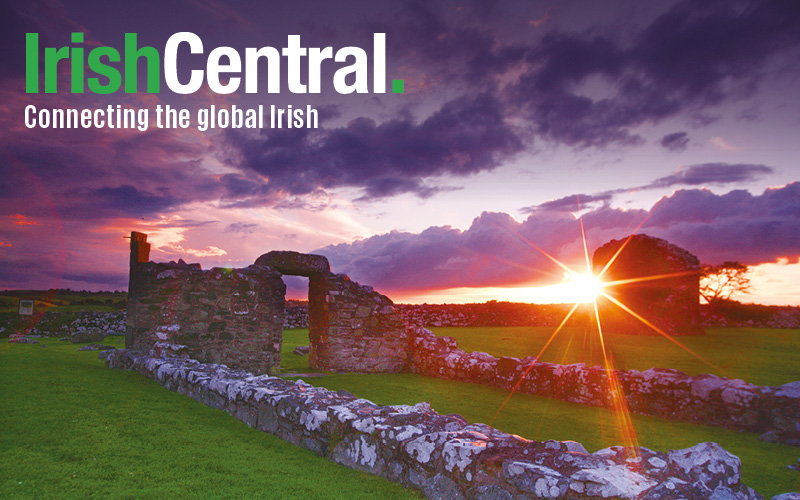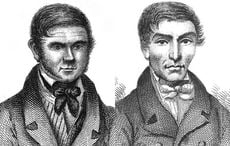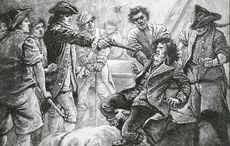Findmypast is working in partnership with IrishCentral to share fascinating insights into your Irish ancestors. Click here to get a special half price subscription, and discover your Irish roots today!
While there had been Dublin directories as early as the 17th century Pettigrew and Oulton’s Dublin Almanack was the first detailed street by street list of the inhabitants of Ireland’s capital city. First published in 1834, the Almanack listed the properties on each street in the city as well as their purpose or occupancy.
As well as the standard directory of the British establishment the directory broke more new ground with a list of names for each profession or trade, although it should be noted that these lists are less complete than the street by street listings.
From a genealogical point of view there is no doubt of the value of Pettigrew and Oulton’s in tracing your Dublin ancestors. In the absence of censuses it is the street directories that allow you to track your ancestor’s movements around the city. In the 19th century more people rented their homes and businesses and so moved around far more. The Almanack also gives a way of finding out what parish your ancestor lived in – vital if you are seeking birth, death or marriage records. Each directory has a list of streets at the front. This list tells you what parish the street is in, so once you have an address you can also find out this valuable but sometimes elusive piece of information.
From a historical point of view, the Almanack gives a fascinating view into a living, bustling city. You can see how life was far more cheek by jowl in those days, with lawyers and doctors living doors away from the poorest tenements and relatively lowly merchants. The names that are listed in the street directory typically belong to the more prosperous merchant classes and gentry. Sadly, as in most other records, the poorest lives have left the least imprint. Listings for several adjacent tenement buildings hide dozens if not hundreds of souls living in abject poverty.
Then as now, Dublin had a strong commercial centre. Discerning shoppers could find French perfumiers on Sackville Street (now O’Connell Street) or, in 1841, get their society outfit made by Madame Rameau on Suffolk Street, just round the corner from Grafton Street. If you needed an animal stuffed you could get it done a few doors away from Madame Rameau by Richard Glennon, who was a conservator for the Dublin National History Society.
As with any directory, half the fun is looking for the famous names. Listed in various editions of Pettigrew and Oulton’s is the famous lawyer and politician Isaac Butt, listed as a practising barrister living in 1843 at 48 Eccles Street. Oscar Wilde’s father, the eminent surgeon William Wilde, is listed in 1845, many years before Oscar’s birth, working in St Mark’s Ophthalmic Hospital, the institution he had founded the year before. Ten years earlier, the father of another of Ireland’s famous writers was earning his living as a clergyman. The Reverend Thomas Philip Le Fanu, father of Sheridan, master of the macabre, was in 1835 the Dean of St Emly’s on Williamstown Avenue.
Whether you’re searching for someone specific or just browsing through the pages, Pettigrew and Oulton’s Dublin Almanack will take you back to pre-Famine Ireland and show you the men and women who walked the streets of the capital.
For more stories on tracing your Irish heritage from Findmypast click here.




Comments